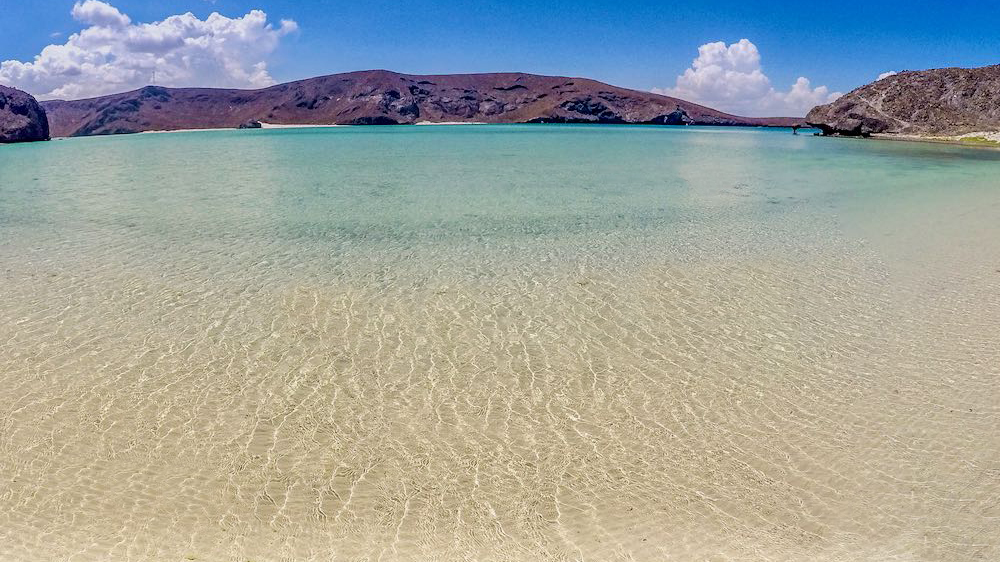
Water Colors of the Sea
Pure water is colorless. However, when light passes through it, some of the wavelengths are absorbed and others are reflected or scattered. The specific wavelengths of light that are absorbed or reflected determine the color that we see. Water appears blue when there are no other substances present, and the sunlight is hitting it at a certain angle that causes blue wavelengths to be reflected from the sky more strongly than other colors. This is why the ocean often appears blue on a clear day.
If there are particles in the water such as algae or sediment, these can absorb or reflect different wavelengths of light, causing the water to appear green or turquoise instead of blue. In shallow tropical regions, the water can appear turquoise because of the presence of microscopic algae called phytoplankton.
The color of the water can also be affected by the reflection of the surrounding environment. For example, if the water is reflecting green shrubbery or a blue sky, it will reflect those colors. The color of water will vary depending on its depth, the color of the sand in shallows, the presence of dissolved substances such as plankton, the depth and angle of sunlight, and the reflection of the surrounding environment.
In general, a light to medium green color on a sunny day, in relatively shallow water, is probably the healthiest water in the Sea of Cortez as it is reflecting the quality of the food supply for smaller sea life that form the bottom of the food chain. With an overcast sky this very healthy water may look much darker. Perfectly clear water cannot sustain much sea life, the same is true of red tides because they suffocate sea life. Dark seas are usually a reflection of an overcast sky, or a sea thoroughly stirred up from winds.
We are Baja Charters
Follow Us on Social Media